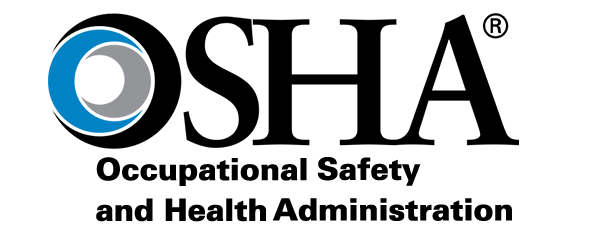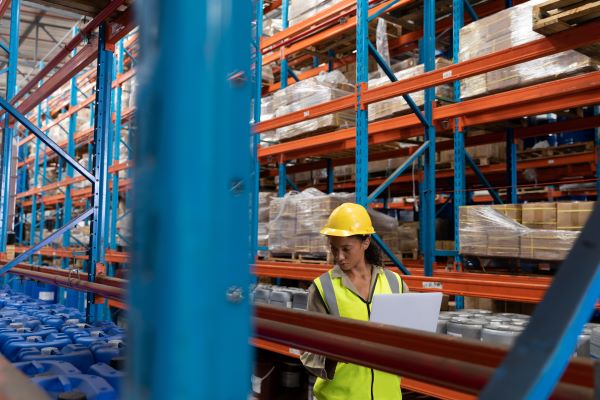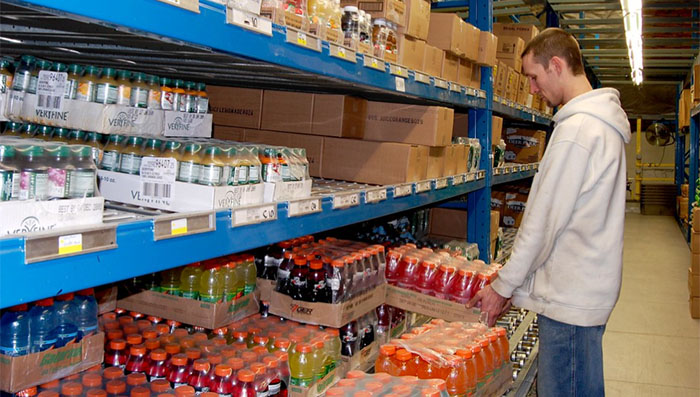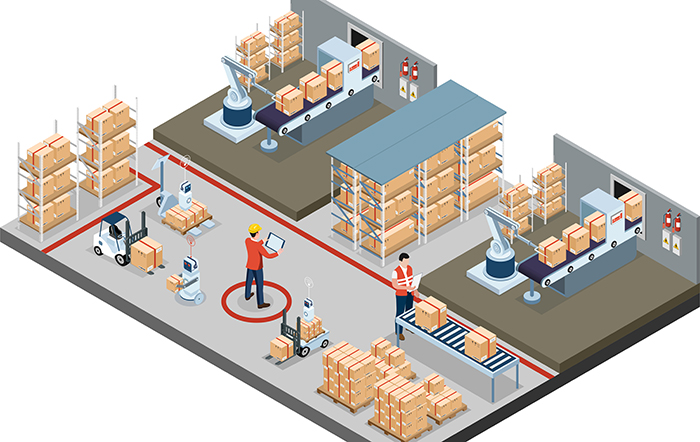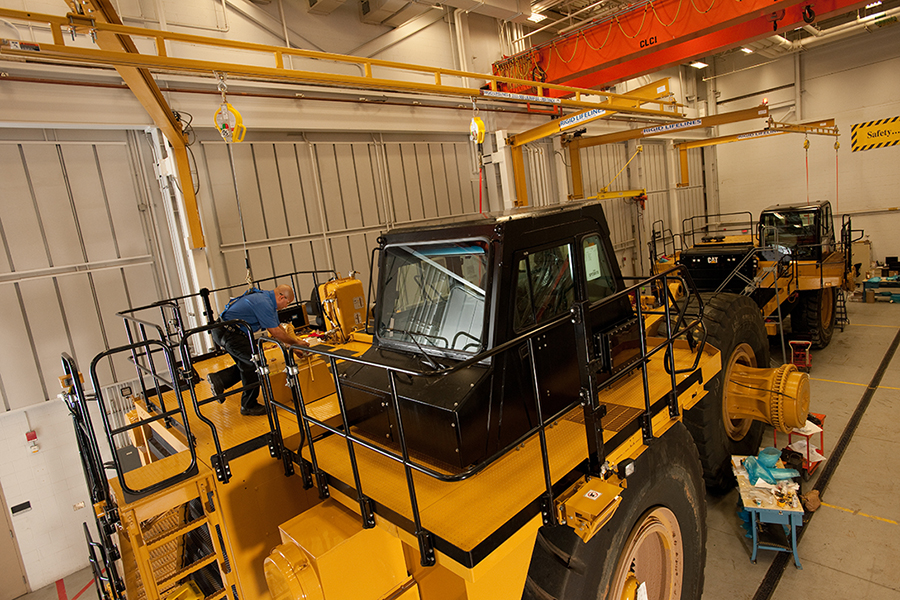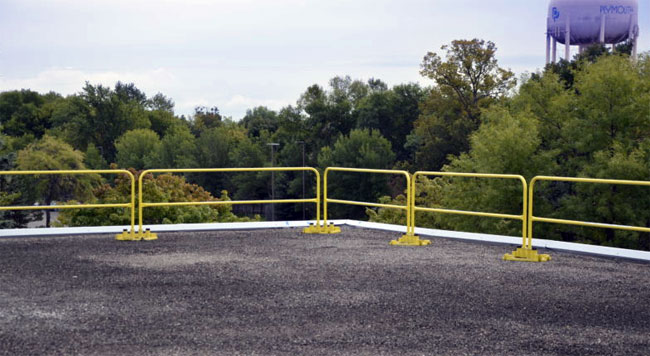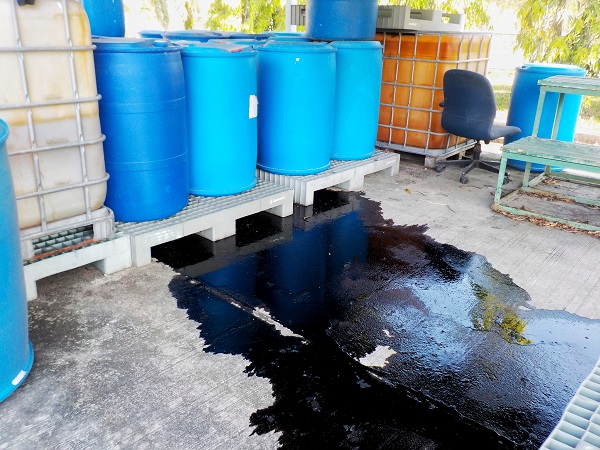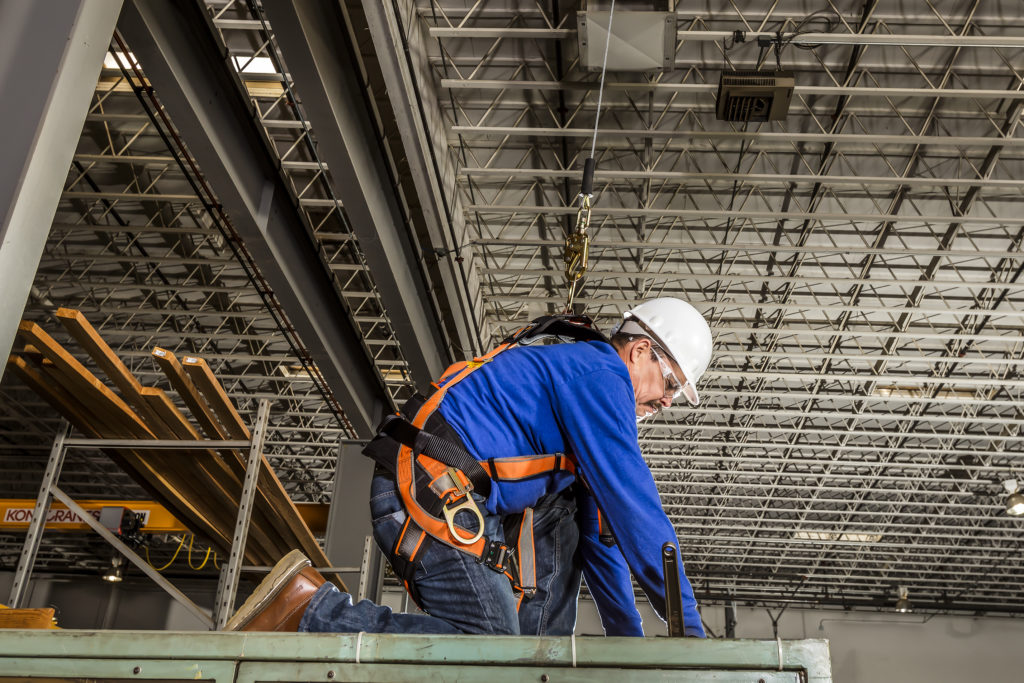
If your operation requires workers to conduct some aspect from certain heights, then you know fall protection. Keeping your workers safe from falls isn’t just a top priority, it’s most likely the most top priority!
The numbers back this up, with yearly OSHA stats showing falls topping the lists time and time again. There’s even a yearly campaign to raise awareness for stopping falls with education, training and accountability. Combine all of this with protective gear designed to stop falls and protect workers, and you can have an effective fall safety program.
When considering the equipment needed, introducing the right fall arrest system featuring tie-offs, lanyards and harnesses is the lifeblood of this protection. But to ensure the person using them is truly safe, the harness has to fit right.
Read the rest of this entry »





